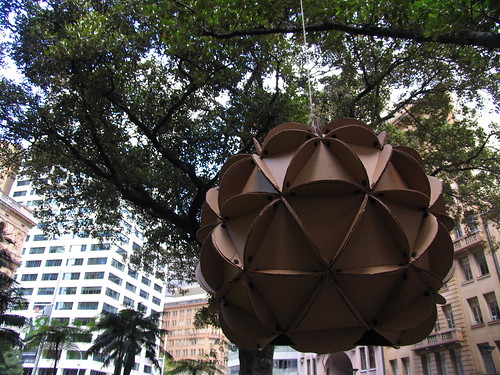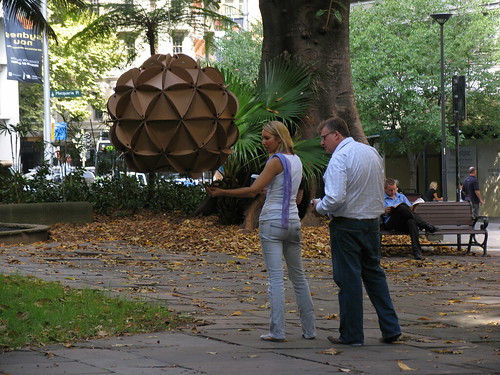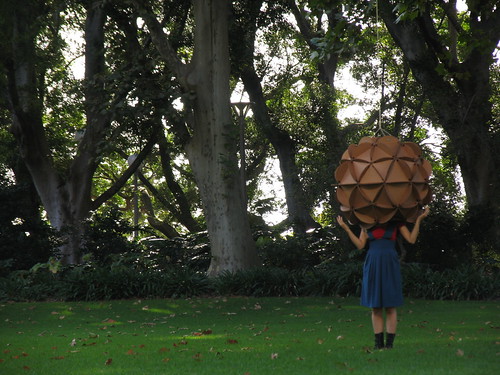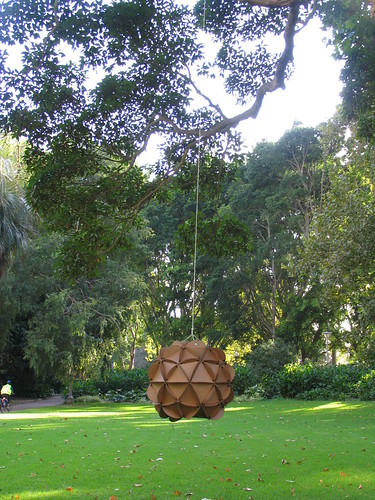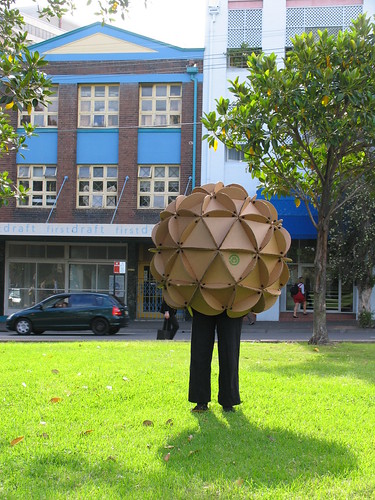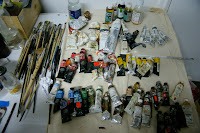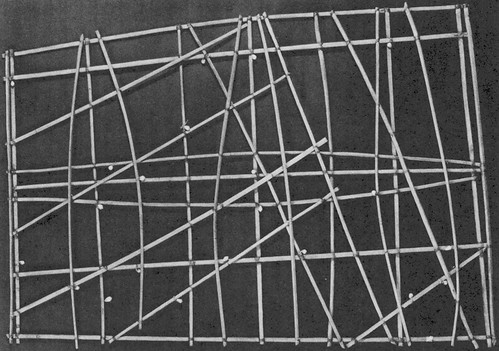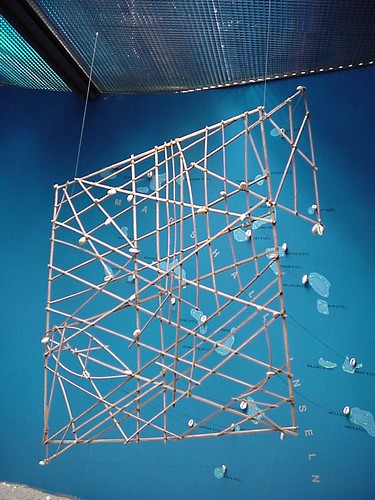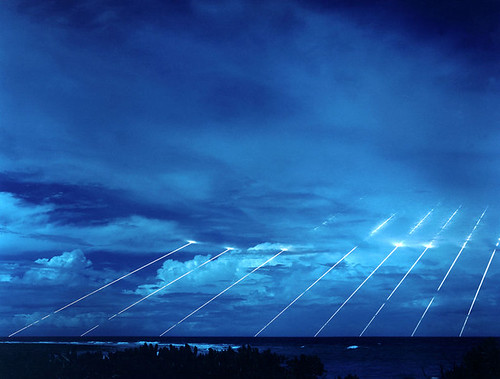Belmore Park, 9am

looking up and into the planetarium - you can see the stars!
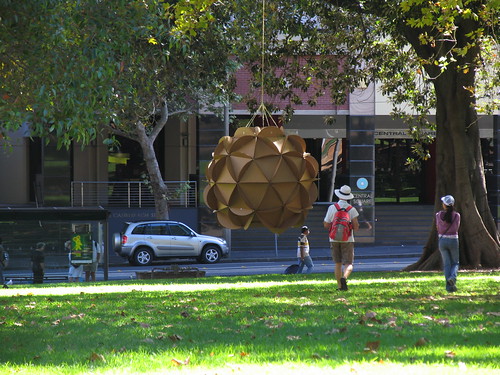
curiosity got the better of them
Belmore Park, 11.20am
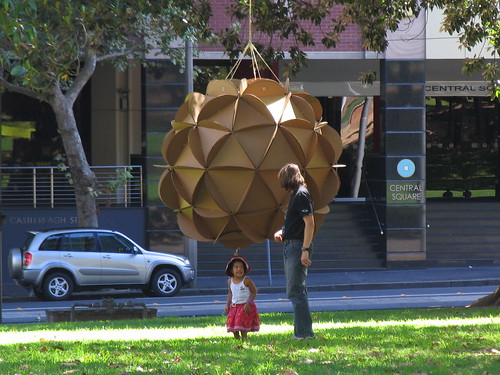
Belmore Park, 11am

Belmore Park, 11.01am

matching shorts
Belmore Park, 9am

kids just ran straight towards it, and got it immediately... they didn't need to read no tag...
Belmore Park, 11.30am
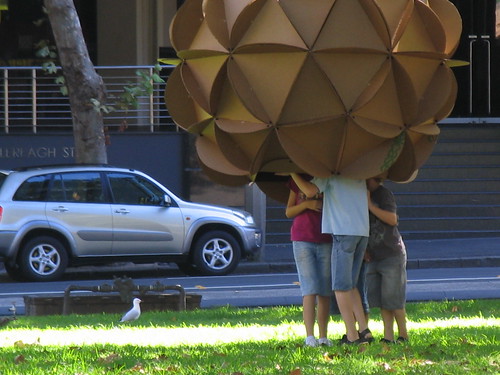
Belmore Park, 11.30am
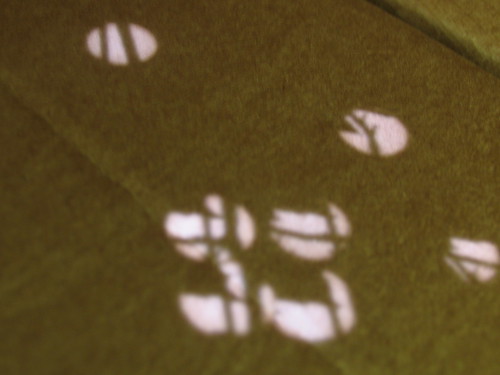
Camera obscuras of the leafy canopy above, seen from inside the planetarium
Belmore Park, 3.30pm

looking up and into the planetarium - you can see the stars!

curiosity got the better of them
Belmore Park, 11.20am

Belmore Park, 11am

Belmore Park, 11.01am

matching shorts
Belmore Park, 9am

kids just ran straight towards it, and got it immediately... they didn't need to read no tag...
Belmore Park, 11.30am

Belmore Park, 11.30am

Camera obscuras of the leafy canopy above, seen from inside the planetarium
Belmore Park, 3.30pm
Day 2 was so very different from Day 1... I had made this planetarium just over double the size of the ones I installed on Day 1, and the scale of this one turned out to be an ideal balance between largesse and seclusion.
The crowds passing through Belmore Park (which is next to Central Station in Sydney, so quite a busy thoroughfare) were much more inclined to segue from the path and interact with this planetarium, it seemed... lots of people and kids running over to it, ducking under and staying in there for ages. We even had a line-up a couple of times...
This planetarium was an experience that people could easily share with each other, which is what I had hoped would happen. Being more than twice as wide as the Day 1 planetariums, this one fitted about 3 adults or 5 kids comfortably inside at once... which made for some great moments... lots of little kids being lifted up to see the stars, then put back down, then crying to be lifted up again and see more stars...
Although I'm new at object-street-art (if that's what it is...?...), it is already clear to me that there is a fine line between an object which invites both curiosity and interaction, and an object that invites curiosity only... the Day 1 planetariums were, for the most part, on the 'curiosity only' side of that line... people did occasionally duck inside to investigate, but it wasn't an immediate reaction. Clearly, small weird cardboard things that hang from trees are there to be photographed infront of. However, slightly larger weird cardboard things that hang from trees are there to be fully investigated, explored, enjoyed and shared.
So it's the excitement of one's first fridge-sized box all over again. Only the box is impregnated with the night sky. And it's hanging from a tree.
Stacks of photos from the day here.
Thanks to Kat Spat and her homeboy Kurt for adding to the documentation. Thanks to Nick for being a legend. Thanks to Jack for his truck. Thanks to Sydney for being the wonderfully curious and twisted town that it is.

